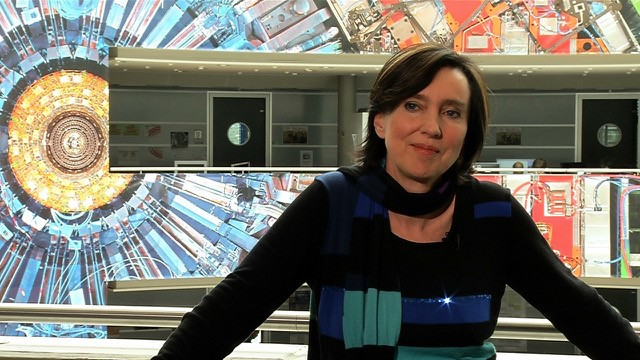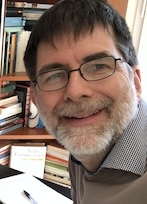
Ben Kilminster (Zoom)
Ben Kilminster is a full professor in experimental particle physics at the University of Zurich, and currently chair of the Swiss Institute of Particle Physics. Ben's research interests have no boundaries across the CMS program, with group members conducting analyses the B2G, EXO, BPH, SM, and HIN groups. The one thing they have in common are tau leptons. Recently, we had a lot of excitement, when we had what first appeared to be a 5-Sigma excess when looking for leptoquarks in the EXO group (it got smaller), and when we made the first LHC measurement of the g-2 of the tau lepton in the HIN group. In addition, Ben's UZH group is dedicated to the phase-1 pixel detector, which we helped build, as well as the phase-2 TEPX detector, which we are in the process of building and testing in Zurich. Ben started his career as a PhD student studying the properties of the newly discovered top quark at the CDF experiment at the Fermilab Tevatron. As a postdoc for Ohio State University, he developed techniques to improve the Higgs sensitivity and, as a Fermilab scientist, co-led the Higgs physics group at CDF towards the evidence of the Higgs boson in 2012. At CDF, he is perhaps best known for being the lead singer of the Drug Sniffing Dogs. Meanwhile, he joined the CMS experiment as a UZH professor, just in time to help in the preparation of the CMS Higgs discovery in 2011 and 2012. Besides CMS, Ben is interested in the physics potential of the precision FCC-ee program, and also does research within the DAMIC experiment trying to develop a new way of identifying dark matter interactions in CCD detectors by identifying the defects they produce in the silicon lattice.
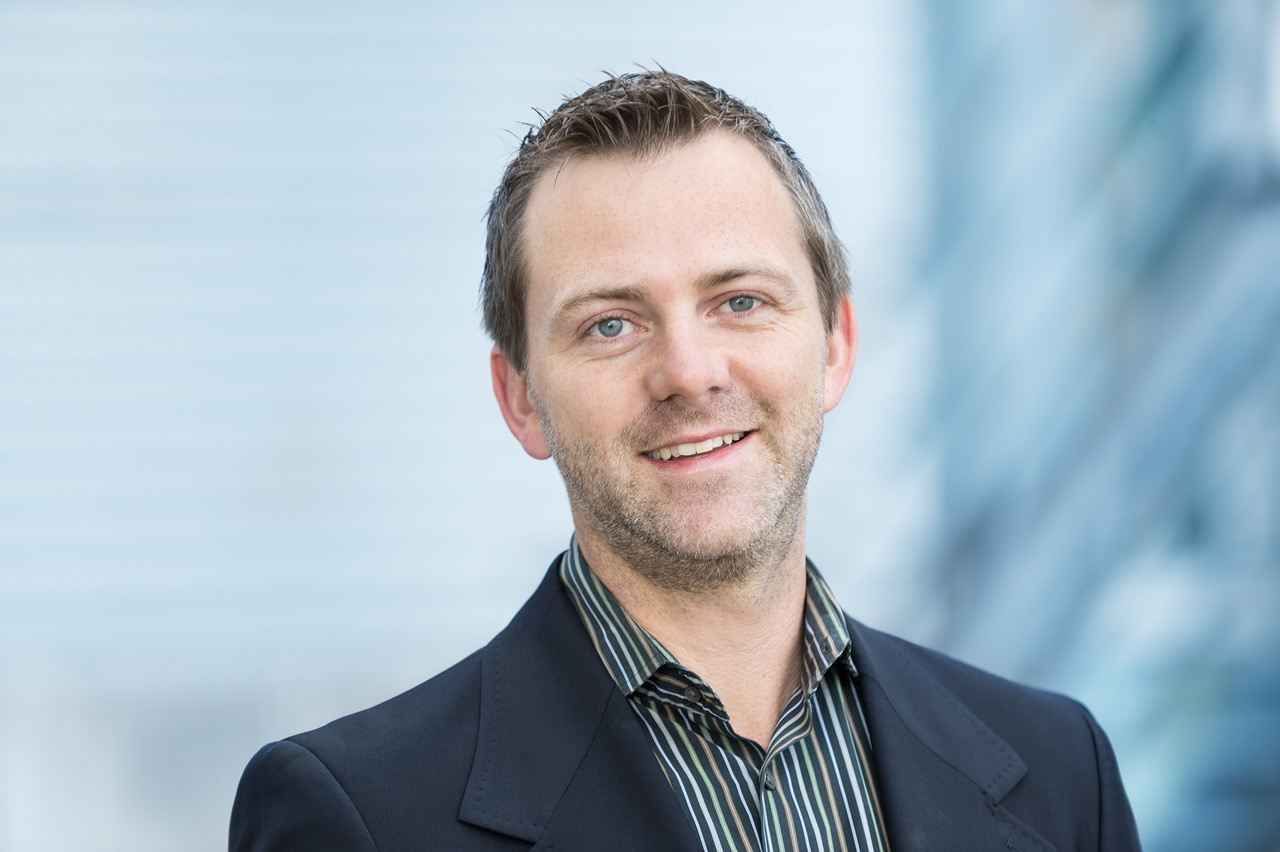
Brajesh Choudhary (Zoom)
Brajesh Choudhary is a Senior Professor and past Chair of the Department of Physics & Astrophysics, University of Delhi, India. He has been member of the CMS collaboration since 2004 and has been involved with his students and postdocs in study of Direct Photon, Direct Di-Photon and searches for Excited light (q*) and heavy (b*) quarks, Quantum Black Holes and Tprime quark. Delhi University contributed to the Pre-shower detector and recently it has delivered several GEM chambers. At present he is the GEM-IB Chair (2022-2024). He was part of the CMS Publication Committee from 2010 to 2015. He led the India-CMS collaboration (a consortium of 14 institutions) from 2017-2021 and currently represents the Other Non-Member States (10 nations) in the Management Board (2022-2024). He was also Co-Chair of the CMS Diversity and Inclusion office from 2020-2022. In past he worked on the D0 experiment at Tevatron and was involved in top discovery, discovery of Wgamma and Zgamma. His students worked on top quark cross-sections, search for Bs to mu+mu-, associated Higgs production in ZH channel decaying to nu(nubar)b(bbar). He also leads the India-Fermilab collaboration, a consortium of 10 Indian institutions collaborating on multiple experiments at Fermilab (MIPP, MINOS, MINOS+, NOvA, MINERvA and DUNE) since 2010. He himself remains interested in 3-flavour neutrino oscillation and measurement of Mass Hierarchy and CP violation in the lepton sector.
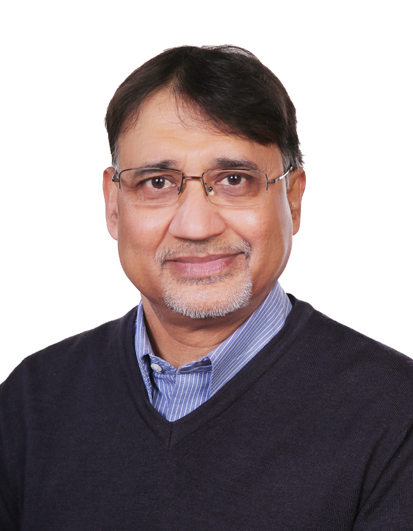
Didier Contardo (in person)
Sridhara Dasu (in person)
More information about Sridhara Dasu can be found here.
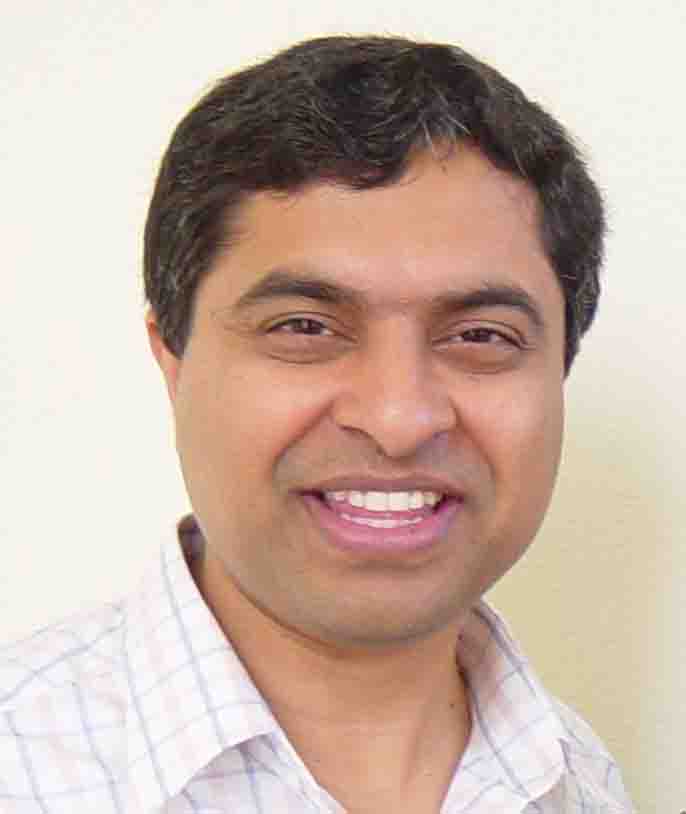
Robin Erbacher (in person)
Robin Erbacher is an experimental particle physicists from the University of California, Davis. She is currently the Collaboration Board Chair for the U.S. CMS Collaboration (54 institutions) and serves as Regional Representative for the U.S. to CMS. She has been a member of CMS since 2004, and her research includes the Endcap Muon detectors: Cathode Strip Chambers (CSCs) and Gas Electron Multipliers (GEMs), as well as searches for new particles using jet substructure techniques and ML to characterize highly boosted particles that decay hadronically, and that possibly come from massive new particles. She is on the BOOST International Advisory Committee since 2016. She has served CMS as convener of the B2G physics analysis group, as Deputy Collaboration Board Chair, and as CSC Institution Board Chair. She is currently also serving her second term as Muon Institution Board Deputy Chair. She works with U.C. Davis postdocs who are stationed at CERN, and several grad students both at CERN and at the Davis campus. She is also a fellow of the American Physical Society. Previously, she worked on the CDF experiment at the Tevatron collider at Fermilab, which was at the time the highest energy collider in the world, and she focused on top quark physics as well as searches in the top quark sector. Her PhD is from Stanford University, where after contributing to the B-factory proposal, she worked on SLAC fixed target experiments: deep inelastic scattering of polarized electrons on polarized protons and neutrons, to study the spin structure of the nucleons.
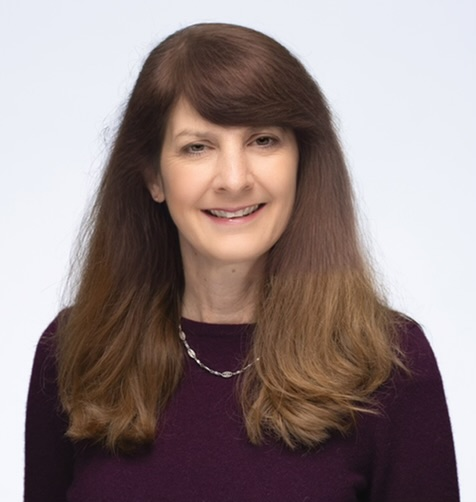
Elisabetta Gallo (in person)
Gautier Hamel de Monchenault (in person) – survey link
Gautier Hamel de Monchenault is an experimental particle physicist participating in the CMS experiment at the LHC. He has recently served as director of the Particle Physics Department at CEA Paris-Saclay in France (IRFU/DPhP) and CMS Deputy Spokesperson. Gautier began his career in the DELPHI experiment at LEP, where he searched in vain for an infamous boson, which he finally discovered more than twenty years later with his CMS colleagues. In between, he spent more than fifteen years working on the BABAR experiment at SLAC, which he considered to be the most successful particle physics experiment of all time... until he joined CMS.
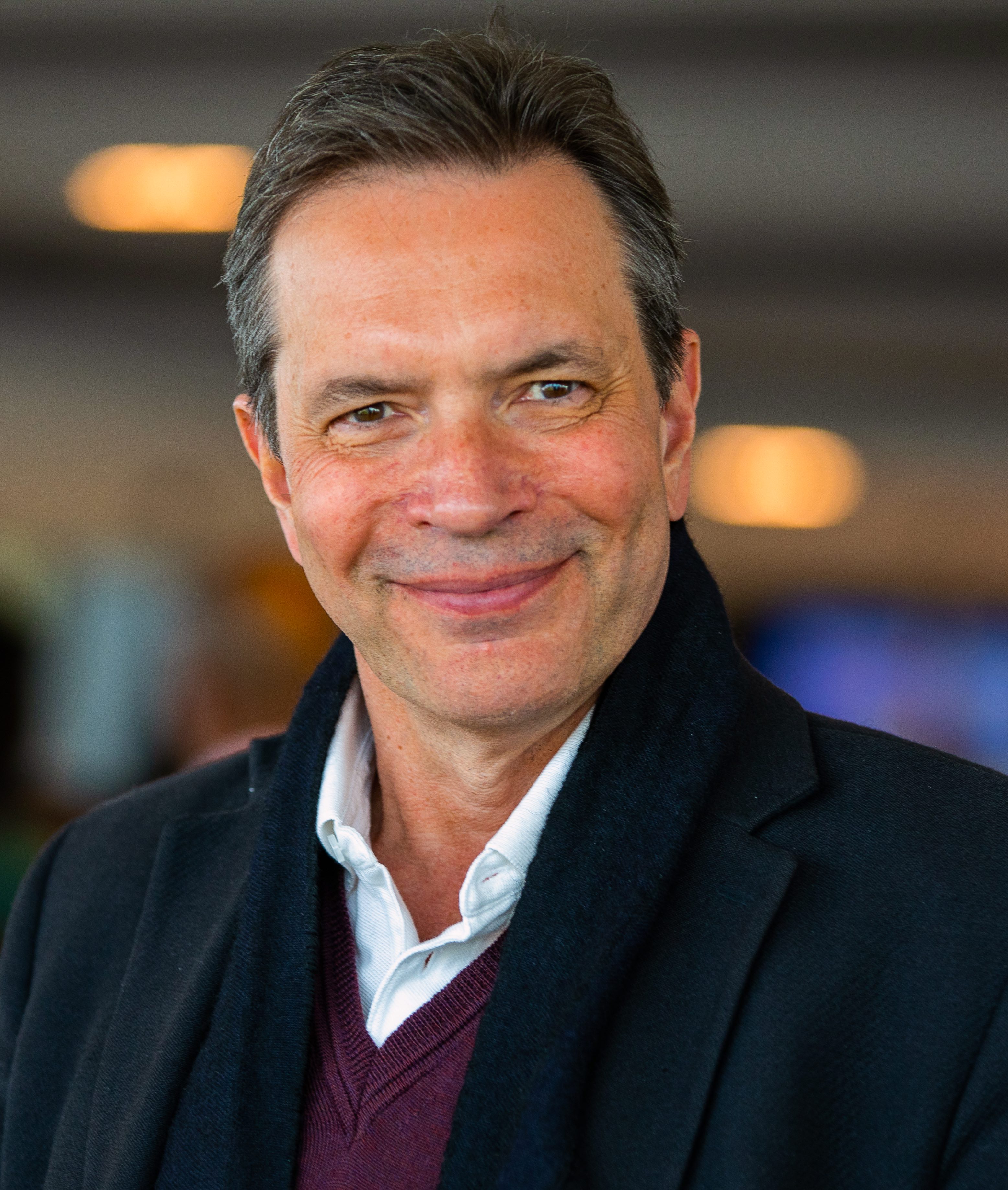
Johannes Haller (Zoom)
Johannes Haller is a German particle physicist whose first contact with particle physics was the DESY Summer Student Program in 1997. He studied physics at U Heidelberg (Germany) and obtained his Diploma with a thesis in the OPAL experiment at LEP. For this PhD (U Heidelberg) he searched for R-parity violating SUSY using data of the H1 detector at HERA, DESY. In 2004, he joined the ATLAS experiment as a research fellow at CERN. For seven years he worked on the ATLAS trigger system. In 2011, he joined CMS as a professor at U Hamburg. His group works on jet calibration, top tagging, B2G searches, searches for 2HDM states and Di-Higgs, and the development of ML based algorithms for the upgraded L1T. Johannes’ group also performs global fits of HEP data within the Gfitter project. He is regional representative for Germany to CMS and head of the division ‘Particle Physics’ of the German Physical Society (DPG).
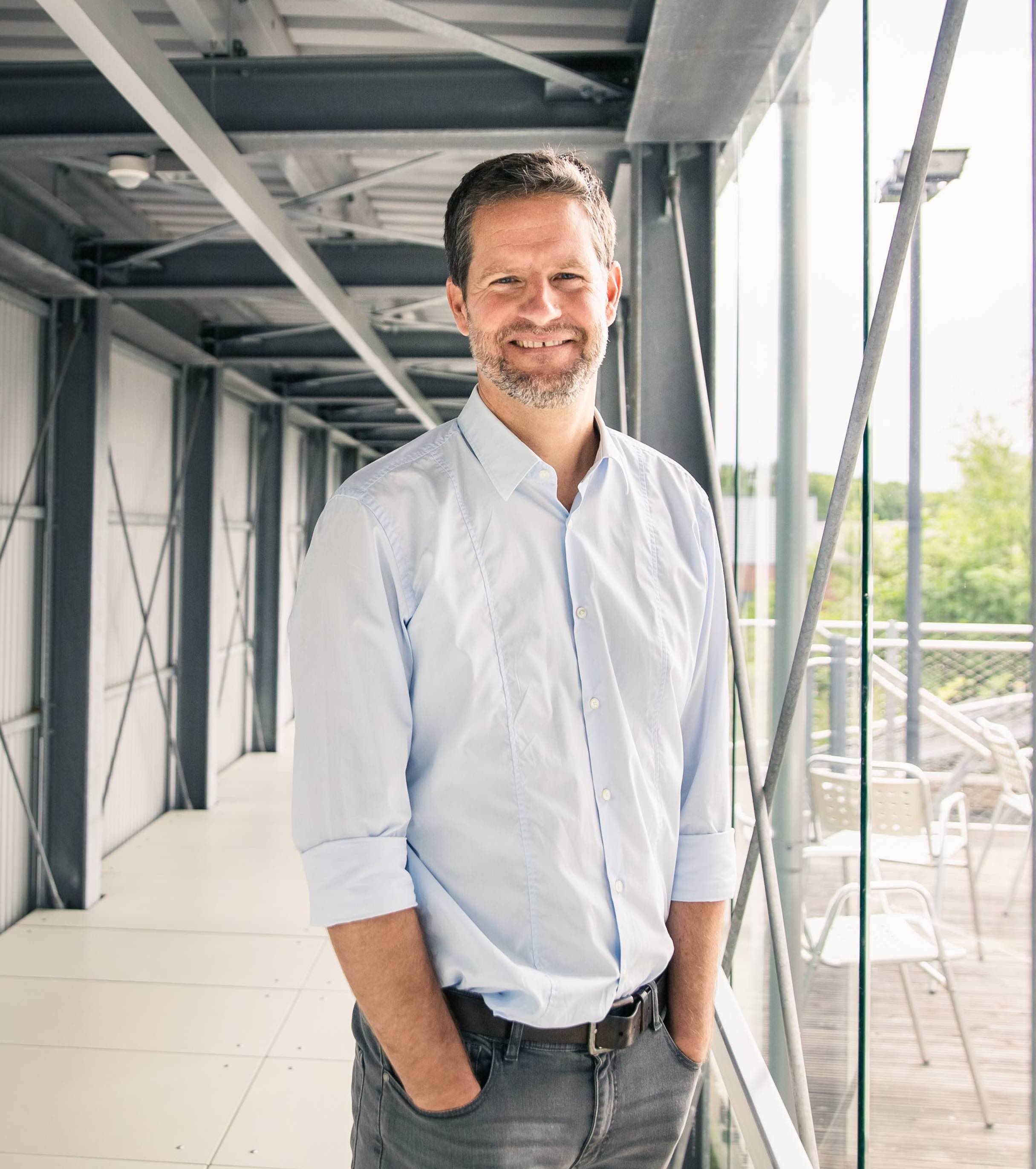
Chris Hill (in person)
Hafeez Hoorani (in person)
Patricia McBride (in person)
More information about Patricia McBride can be found on her Wikipedia page here.
Gabriella Pásztor (Zoom)
Gabriella Pásztor is a Hungarian physicist who started her career in the CERN LEP OPAL experiment searching for exotic phenomena and later acting as Physics Coordinator. She joined CMS in 2000 and participated in the construction of the Si-strip tracker. Moving to ATLAS in 2008, she concentrated on electron and photon reconstruction, high-level trigger development and the study of various standard model processes with the early data, including the search for and study of the Higgs boson. After 15 years at CERN, she moved back to Budapest and founded in 2015 the CMS group at ELTE Eötvös University where she also teaches particle physics. She worked on the high-level trigger, precision luminosity calibration and the upgrade of the BRIL (Beam Radiation, Instrumentation and Luminosity) system for HL-LHC. Currently she is the project manager of BRIL and the representative of Other CMS Member States (OCMS) in the Management Board. Gabriella purses her physics interests in electroweak and beyond the standard model physics via the supervision of students and postdocs at ELTE.
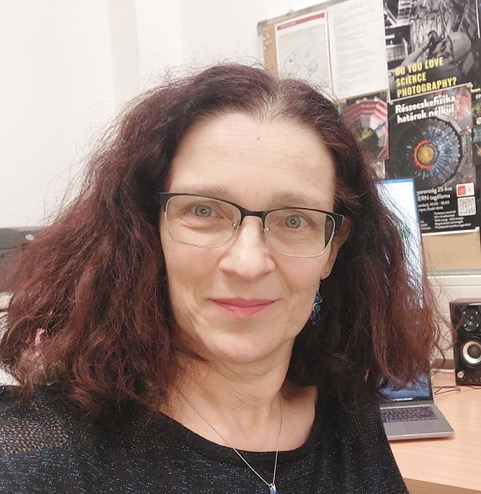
Elizabeth Sexton-Kennedy (in person)
Liz Sexton-Kennedy is a computational scientist at Fermilab. Her first contact with High Energy Physics was in the measurement room of the Fermilab bubble chamber at Rutgers University as an undergrad. She started her professional career at Fermilab on CDF in 1988 in the data acquisition group. She worked on the high level trigger and offline software, eventually becoming their software and computing coordinator for their upgrade software group. She lead CDF’s transition from Fortran to C++. She joined CMS in 2005 and architected CMSSW. After leading the core software group for 5 years, Liz has served as an Offline Coordinator during Run1 and an O&C coordinator during Run2. She is currently one of the co-coordinators for O&C.
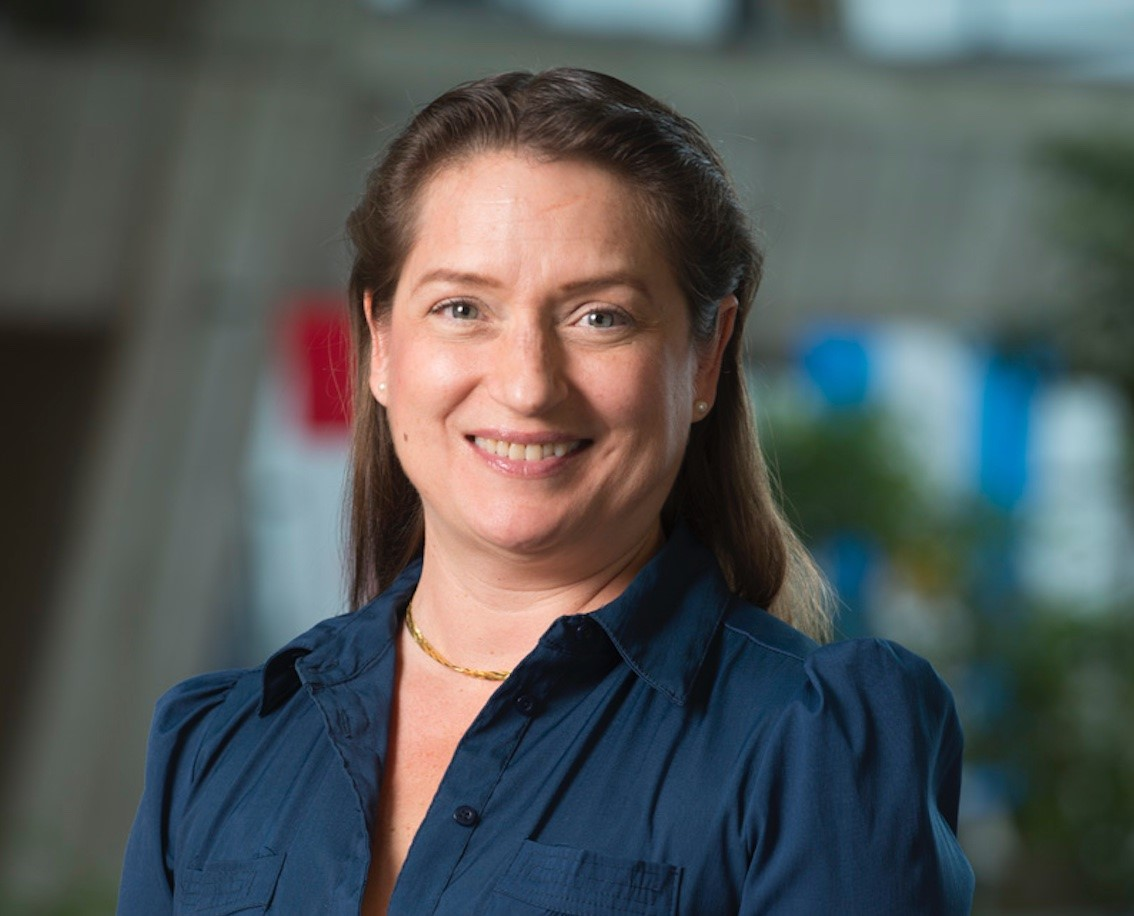
Shahram Rahatlou (in person) – survey link
Shahram Rahatlou has been in CMS since 2005 when he moved to Sapienza University of Roma as an assistant professor. Throughout the years he has worked in various areas. One of his primary interests has always been the event reconstruction dating back to the old days as a graduate student in the BaBar experiment at SLAC. He has been involved in exotic searches since Run1 as well as H —> gg in the very early days. More recently he has worked on B physics together with his latest masters and graduate students, and has been taking care of the CMS Tier 2 in Rome.
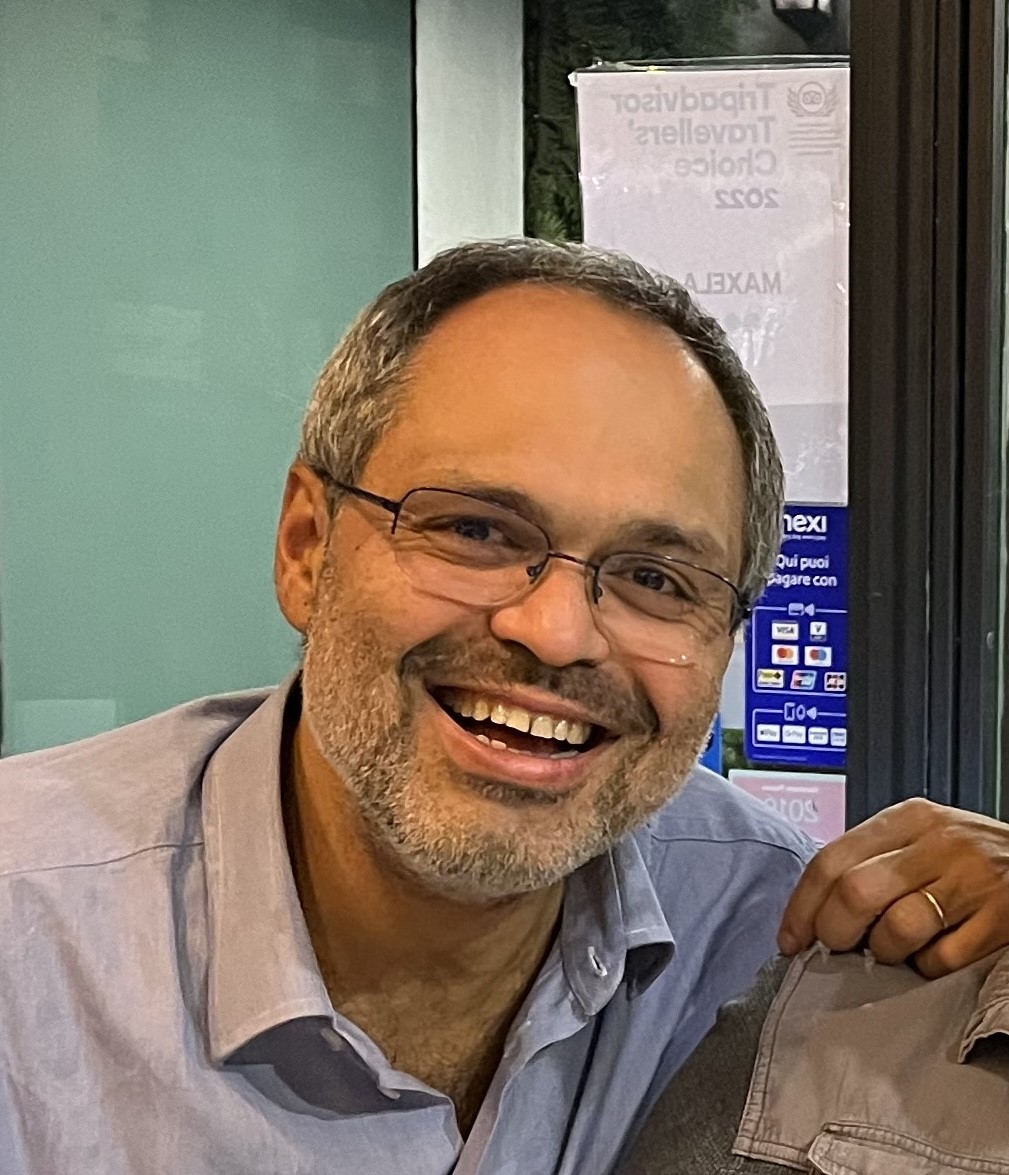
Giacomo Sguazzoni (in person)
Giacomo Sguazzoni is an Italian scientist. He graduated in Physics from the University of Florence and subsequently obtained his Ph.D. from the University of Pisa. Currently, he is senior staff (director of research) at 'Istituto Nazionale di Fisica Nucleare', Florence lab. He has worked at CERN as Fellow and later with Scientific Associate positions. Before joining actively CMS in the early 2000s, he was part of the ALEPH collaboration. Today, he primarily focuses on the new Silicon Tracker for the upcoming High Luminosity phase of the LHC and serves as the CMS Italy regional representative.
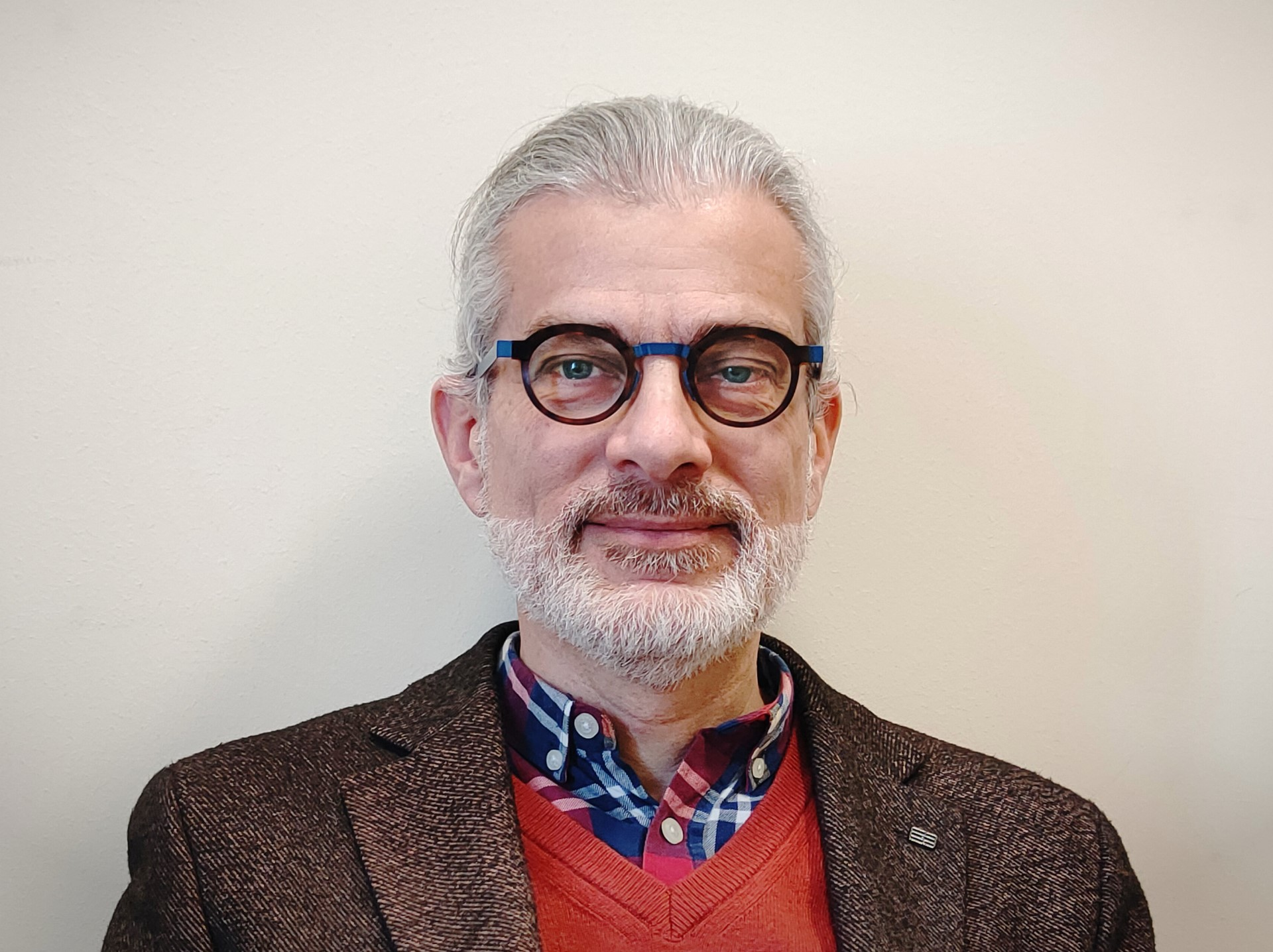
Lucia Silvestris (in person) – survey link
Lucia Silvestris is a INFN director of reaserch. She began her HEP research in the ALEPH Experiment, on the precision measurements of Z boson mass and the determination of the number of light neutrinos’ families. She took several responsibilities in the ALEPH Hadronic Calorimeter and upgraded Vertex Detector. Lucia joined CMS Collaboration in 1993 in the Tracker Group, taking care of the simulation, DAQ and test beam data taking and analysis. In the last 20 years Lucia has been working on the CMS Software, Trigger and Physics, on the preparation for physics ensuring the physics performance and quality of data used for final analysis. Lucia has covered several leading roles like Offline Coordinator, Physics Performance & Dataset coordinator, Deputy Upgrade Coordinator, Run Coordinator during Run 2 data taking and finally Deputy Spokesperson. At the time of the Higgs Boson discovery, Lucia had a leading role as coordinator of the CMS Physics Performance project. In the past, Lucia had significant roles also at the INFN level like CMS INFN Representative. Lucia is also a scientific communication speaker involved in several INFN STEM outreach activities to encourage participation of young in science.
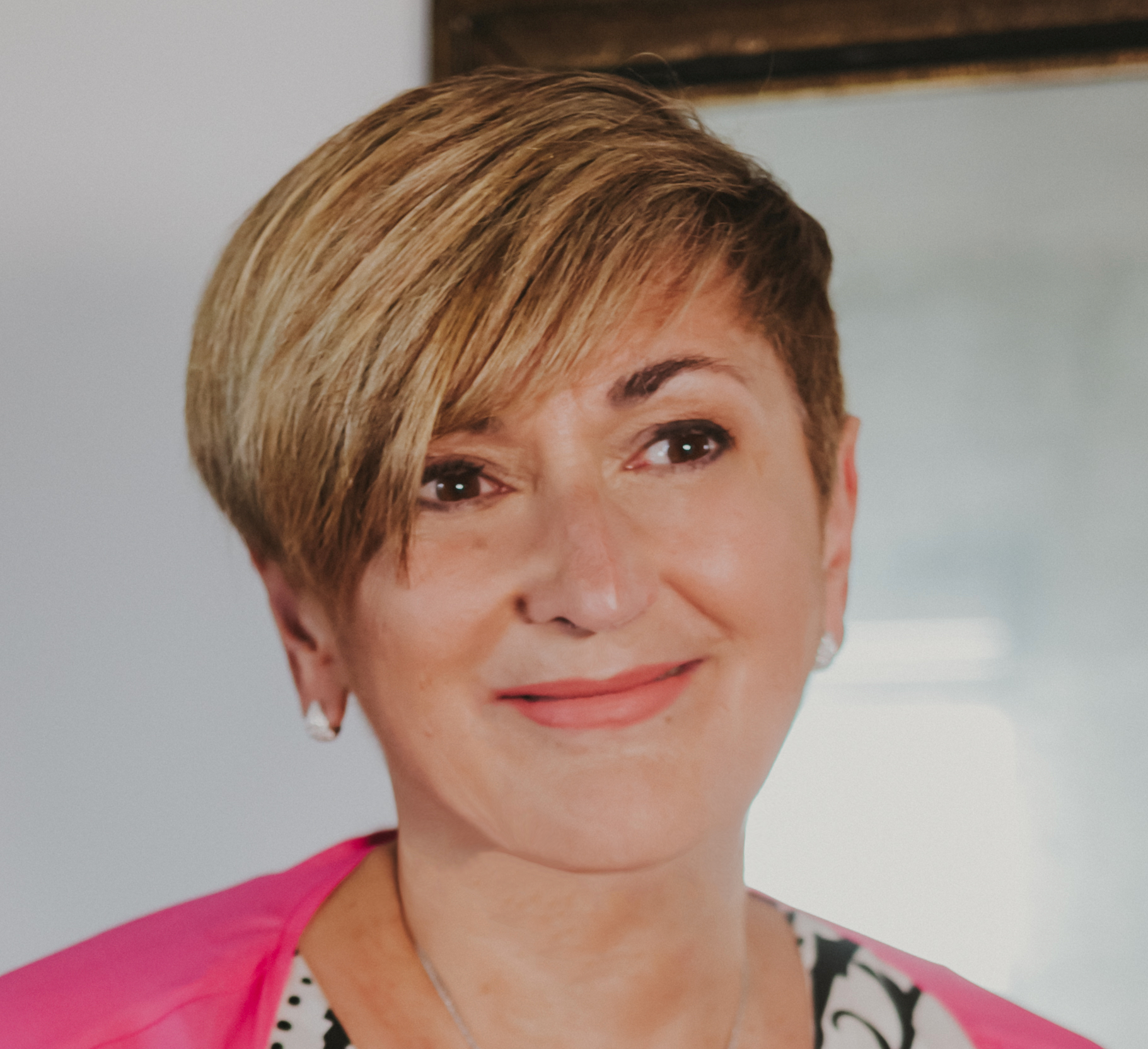
Claudia Wulz (in person) – survey link
Claudia-Elisabeth Wulz is an Austrian physicist and founding member of CMS. She began her career as a CERN summer student at ISOLDE. She went on to work at UA1, where she participated in the discovery of the W and Z particles, followed by the CP-violation experiment NA48. She also was a member of RD5, which was essentially a slice of CMS. With her group she developed important components of the legacy and phase-1 level-1 trigger systems, and with her students she has been working on searches for long-lived particles, supersymmetry, and measurements of the properties of quarkonia. She was the previous CMS Collaboration Board Chair, and always enjoys contacts with the young generation. She lectures on particle and astroparticle physics, and has been a member of the European Committee for Future Accelerators and the High Energy and Particle Physics Board of the European Physical Society.
